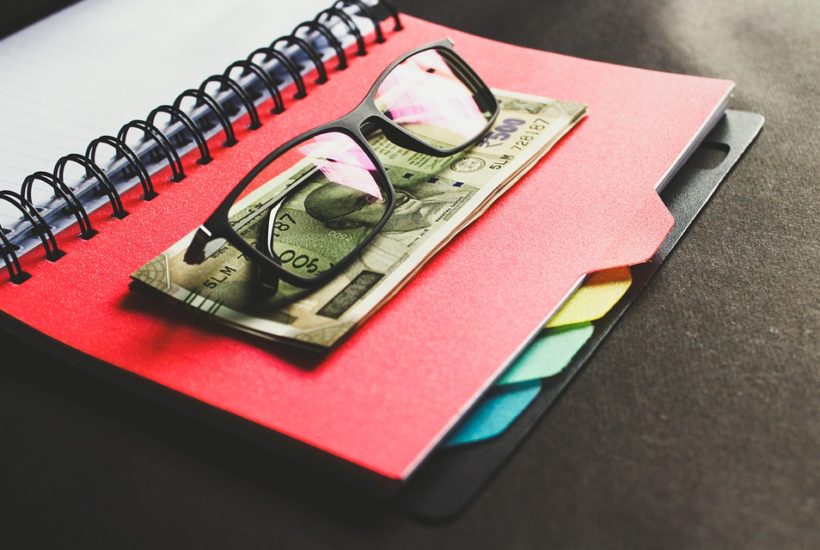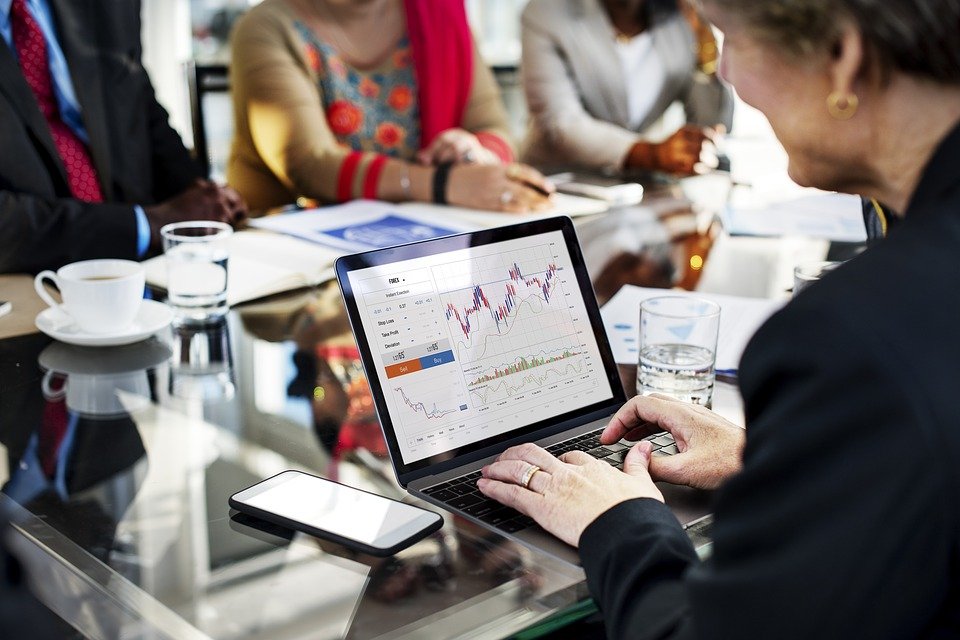Business
How much money is needed to start forex trading?
The amount you set as a starting investment for a forex trading depends on a number of factors, including what you are trying to achieve. You need to consider your personal circumstances, trading strategy, and trading style. It depends on risk management and how you can optimize it. As a general rule, you don’t want to be risking more than three percent of your account on each trade you take.

The quickest and the probably least helpful answer to this question is a fixed amount; say $500, for example.
Many brokers do set a minimum amount required to open a forex trading account. But if you want a more practical answer, then it gets a bit more complicated!
This is because part of how much money you need to start trading forex depends on what you are trying to achieve with forex trading. It all also depends on a number of other factors, including your personal circumstances, trading style, and strategy among others.
First, let’s address an issue that most tend to gloss over: risk management. This is generally the factor that separates successful FX traders from the rest. And how much money you have in your account plays an active role both in mitigating risk as well as shaping your risk management strategy!
It depends on risk management
There are other articles that get into detail about how to optimize your risk management. But, as a general rule, you don’t want to be risking more than 3% of your account on each trade you take.
This puts a risk-based theoretical limit on your trade size, depending on how much you have in your Forex trading account.
The thing is, if you are getting into Forex trading, you’re probably not doing so just as an academic exercise – you probably want to get money out of it. The more money you have in your trading account, the more you are likely to make in profit. After all, you need money to make money, as the saying goes.
However, and this is crucial, the more money you put into your account, the more that is at risk. You never, ever want to have money in your Forex trading account you cannot afford to lose!
Calculating potential profits
How much money you have in your Forex trading account determines the size of trade you can enter. Let’s say you have $1,000 in your account. Being a beginner, you want to start out conservatively taking less risk, say at 1% of your account per trade. That means the most you can risk is $10 per trade, which is one mini-lot position, with a stop loss at 10 pips.
If your Forex trading strategy has a 1.5:1.0 profitability ratio (that is, the amount of gains divided by the amount of losses), which is about average for the industry, then you could expect to average $5 per trade.
With an average of 5 trades per day, as a day trader, you could expect to make about $25 per day of trading. That is, of course, provided you win 100% of the trades you take.
Does my trading style matter?
Yes! If you tried swing trading, that requires a much broader stop loss because you have to withstand wider moves in the market since your position is open for longer. This means you’d have to take a micro-lot to keep from risking more than $10 with a 100 pip swing. If that were the case you’d likely end up averaging around $100 per week, depending on how many trades you can get in.
Now, we should stress these are hypothetical examples based on average ratios that successful traders with several years of experience have. You shouldn’t use these as a benchmark or objective by any means when trading Forex. They are strictly for reference, in order to understand what kind of profitability ratios you could consider in evaluating your forex trading account size.
Is more money always better?

Maybe not for a beginner. Trading Forex on a live account is different from trading on a demo account. Your initial performance is virtually guaranteed to not be as good as what it will be after you have experience under your belt.
When you start out, you might want to be more focused on generating modest gains that you do keep in your trading account, without withdrawing. However, remember that while having a minimum account might be less risky, the relatively small profits you make when trading Forex might not be enough of an incentive for you to stick with trading long enough to get better at it.
Think through without haste
Rather than consider just one initial deposit, many FX traders come up with money allocation plans over a period of time to manage their risk and grow their FX portfolio. While you might want to make withdrawals to enjoy your profits, that also means you have fewer funds available to gain from the Forex market.
Forex trading is an art that takes time to develop. And this is an opportunity for you to save up or build your trading account to be the size that suits your trading style and profitability aspirations!
—
DISCLAIMER: This article expresses my own ideas and opinions. Any information I have shared are from sources that I believe to be reliable and accurate. I did not receive any financial compensation for writing this post, nor do I own any shares in any company I’ve mentioned. I encourage any reader to do their own diligent research first before making any investment decisions.

-

 Cannabis7 days ago
Cannabis7 days agoUS Hemp Regulation Overhaul Sparks Global Impact
-

 Fintech2 weeks ago
Fintech2 weeks agoHashKey Holdings Secures HKEX Approval for IPO, Aiming to Raise $500 Million
-

 Crowdfunding4 days ago
Crowdfunding4 days agoDigital Finance Fosters Inclusivity: Women and Minorities Lead in Italian Equity Crowdfunding
-

 Africa2 weeks ago
Africa2 weeks agoMorocco’s Agri-Food Sector Poised for Strategic Growth

























